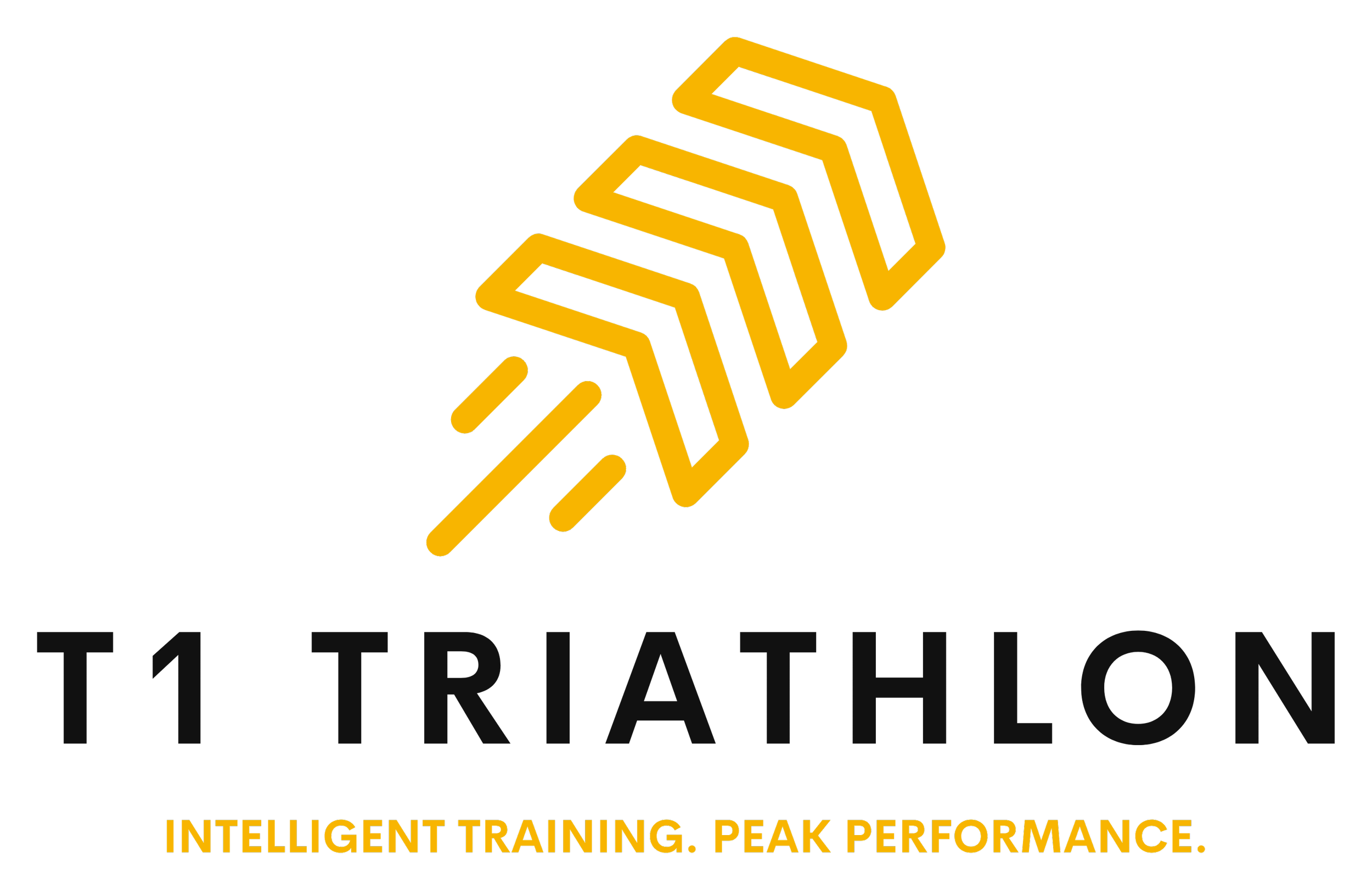Acclimatizing to Open Water: Tips for Early Season Swims
The First Chill of the Season: Why Open Water Hits Different
No matter how many laps you've logged in the pool all winter, nothing quite prepares you for that first open water swim of the season. The air is still crisp. The water looks calm but icy. You zip up your wetsuit, step to the edge… and hesitate. Sound familiar?
I’ve coached triathletes through this exact moment countless times—some confident, others nervous, many underprepared. The truth is, open water swimming isn’t just a physical shift from the pool to the lake. It’s mental. It’s environmental. And it demands a bit of recalibration, especially in early spring when water temps are still low and bodies aren’t yet used to the shock.
Let’s talk about how to make that transition smoother—whether it’s your first time or just your first time this year.
Cold Water Is a Shock—Even for the Experienced
It catches almost everyone off guard. That moment when the cold hits your face, fills your wetsuit, or tightens your chest can send your heart rate spiking. I’ve seen seasoned athletes lose rhythm or even panic—all because they weren’t ready for what their body was about to feel.
Acclimatization is about managing this reaction. It doesn’t mean you won’t feel the cold—it means your body and brain won’t overreact. The more often you get into open water early in the season, the faster your system adapts. Think of it like conditioning your nervous system, not just your muscles.
If you can get in the water a few times a week—even just for short swims—you’ll start to normalize the sensation. And when race day comes? You’ll be focused on sighting and stroke, not survival.
Wetsuit Fit and Function Matter More Than You Think
Your wetsuit isn’t just about buoyancy or reducing drag—it’s your insulation. But only if it fits properly.
A suit that’s too tight can restrict breathing and shoulder mobility. Too loose, and you’ll get cold faster as water floods in and never warms. I’ve watched athletes struggle through 750 meters simply because their suit was working against them.
Before your first open water swim, test your wetsuit. Wear it in the shower or during a pool session. Practice getting it on and off quickly—especially when your hands are cold or wet. Most importantly, learn how it feels once water seeps in. That first minute is the worst, but your body will adjust.
And yes, booties and neoprene caps can help if the water is particularly cold. You don’t need to go full polar bear to toughen up. Comfort often leads to confidence.
Controlling the Mental Game in Open Water
Open water introduces a lot of variables. No lane lines, no clear bottom, no walls to rest against. Add in the chill and maybe a bit of chop, and even confident swimmers can start to doubt themselves.
One of the most important skills you can train this time of year is managing your mindset. I often encourage athletes to start each early-season swim with a simple warm-up routine: get in slowly, exhale through your nose underwater, float on your back for a moment if needed. Remind yourself that the water isn’t an enemy—it’s just unfamiliar.
Another tool I teach is “focus shifting.” If you start to feel anxious, switch your thoughts from sensation (“this is cold”) to action (“long stroke, breathe left, sight every 6”). You can’t control how your body reacts at first, but you can guide your attention.
Transitioning from Pool to Open Water
One of the best things you can do in early season is treat your first few swims as practice, not performance. You’re not chasing pace. You’re reintroducing your body to a new environment.
In the pool, you have perfect conditions. Open water? Not so much. You’ll need to reestablish your rhythm, adapt to sighting, and deal with the cold—all at once. That’s a lot of change, so give yourself grace.
What’s helped my athletes most is blending pool technique work with open water simulations. For example, include sighting drills in your pool sessions, practice bilateral breathing, and wear your race-day goggles to check for fogging or fit. The more familiar your equipment and habits are, the less disruptive that first lake swim will feel.
Don’t Rush Acclimatization—Build It Like Fitness
If there’s one thing I want athletes to take away, it’s this: acclimatizing to open water is a process, not a switch. You’re not supposed to feel ready on day one. Just like you wouldn’t expect peak bike power after one hard ride, you shouldn’t expect open water comfort after a single swim.
Give yourself the space to adapt. And if you need help? Reach out. Coaching isn’t just about numbers and splits—it’s about navigating the messy parts of the sport too.
Ready to Dive In?
Want one-on-one guidance to make your transition to outdoor training smoother? Explore our coaching options and let’s build a plan that works for you—water temps and all.


